The Article
YAMAHA’S WXC-50 & WXA-50: AMPLIFIERS…From Any Angle
27th November 2016
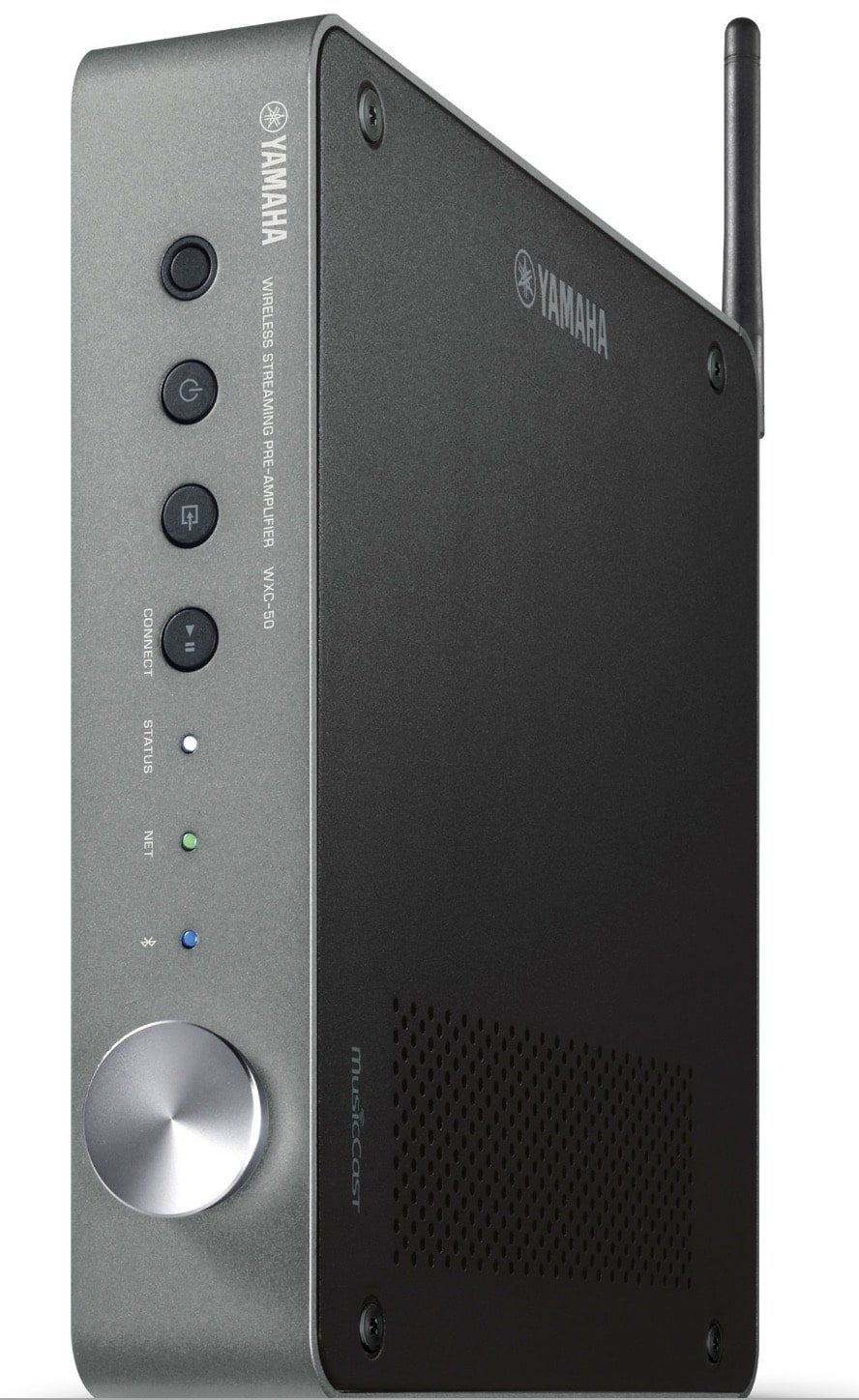
A pair of rinky, dinky amplifiers from Yamaha offer just enough facilities for a small footprint chassis, including MusicCast. Paul Rigby reviews the WXC-50 pre-amplifier and the WXA-50 integrated amplifier
Both of these amplifiers arrive in an almost identical chassis, giving the pair a distinct ‘family’ resemblance that will allow both to easily fit into a living room environment. Both arrive with MusicCast Wi-Fi streaming as standard and come with a 48bit digital volume control. Both can also be mounted vertically to further minimise the overall footprint. They also support AirPlay and, where available, Spotify, Napster, Sirius XM, Juke and Pandora as well as DSD 5.6MHz and FLAC/WAV/ AIFF 24bit/192kHz. Finally, they both span 215 x 51.5 x 245.9mm.
The first of the two amp boxes, the WXC-50 pre-amplifier. You can also turn off the Pre-amp mode and use the device as a simple network audio player. This box weighs 1.44kg. The 70W WXA-50 weighs in at 1.94kg. Check out the accompanying images to see a rundown of controls, sockets et al. The aerial is the home of the screw-in, multi-position, Wi-Fi aerial.
IN USE
To play the USB stick of digital files, I decided to download and install the associated and in-house developed MusicCast app on my iPhone 6S. USB file control was a lot friendlier via the app than punching buttons on a chassis and hoping for the best. Download and software installation was easy but the final set-up was overly difficult. It took me around 20 minutes when it really should have taken me, what, three?
MusicCast is not a Bluetooth system but utilises a Wi-Fi connection. To install it, you press the Connect button on the front of either chassis for five seconds until the adjacent connection light flashes. Then you open the app itself and follow the onscreen prompts which involves bouncing between it and the phone’s Wi-Fi Settings screen. In that Settings screen, you wait for the MusicCast option to appear as one of the choices within the available local Wi-Fi connections list. Well it did, eventually. Nothing was seen until my third try but I finally connected without a problem once it made an appearance.
Back to the app but my trial was not yet over. The app failed to complete the install sequence another three times but I got there at the fourth attempt. Why these issues occurred can only be conjecture. Was it down to my phone? Was it Yamaha’s fault? Was it something to do with my Wi-Fi signal? Was it something else? I can only say that no other, non-Yamaha, device had issues in my listening room or anywhere else in the building at this time.
Nevertheless, once connected and installed, the app worked flawlessly. It showed the song title, sleeve art (not for WAV rips though), CD-type music controls plus EQ controls. My only gripe is that I would have like to have seen a report on the quality of the file type being played. For example, when playing the jazz piece, St. Thomas from Sonny Rollins, this is a 24bit/96kHz file but this information was never revealed by the app. I wish I could have seen that information on the app screen. I don’t mind the lifestyle facade that Yamaha is trying to promote here. I can even live with the irritatingly Apple-like paternalistic ‘we’ve-decided-that-you-don’t-need-the-information-so-we-won’t-give-it-to-you’, non-techie approach to the app but it would have been nice to have found the said figures buried somewhere, for those who really want it.
SOUND QUALITY
I began the sound tests playing a the CD version of Earth, Wind & Fire’s Let’s Groove. This group was a busy outfit on stage and within their arrangements. There is plenty going on here and it takes quite an amplifier to sort everything out. Even behind the conglomeration of the principle voices and instruments, there are plenty of subtle and tiny effects that pop up here and there.
Have you ever seen those word association tests that psychologists use to diagnose the mental state of a patient? You say ‘good’, I say bad. You say ‘black’, I say ‘white’, you say ‘The Himalayas’, I say ‘Marilyn Monroe’. You know the sort of thing. Well, if you said, ‘bass’, I would say ‘Yamaha’. Such is the company’s reputation and concentrated effort to effect a low frequency-based personality. If any knows how to ‘do’ bass, Yamaha’s yer man.
Through the WXA-50, I was most impressed by that signature Yamaha bass. Impressed, not because there was a lot if it – there was – but because of how the bass power was integrated within the soundstage. The amount of focus placed upon the bass gave it a sharp, short, ‘bam!’ of an arrival. The punch was in then out in a jiffy, giving the bass a tremendous transient speed and response that provided drive to the entire track. The tightness of the bass was allied to its careful positioning in the soundstage. There was no hint of blooming or any threat of it infecting the midrange. This meant that secondary percussion, such as wooden block strikes, on the track My Love from the same group, where not only recognisable but also integrated their own reverb tails. Any bass smearing at all would have veiled such delicacies.
Midrange was incisive, for the price, digging out all of those little sound effects that I mentioned above, allowing the ear to seek them out without too much trouble. Yes, there was a slight spotlight shining on the upper mids during vocal crescendos but mainly at high volumes. It wasn’t a big problem, though. For the most part, I enjoyed the tremendous clarity that the midrange afforded and, for the price, the detail that it presented.
Turning to Sonny Rollins and his track, St. Thomas running via the USB port from a USB stick at 24bit/96kHz and controlled via the MusicCast app, I was impressed by the midrange insight that, for the price, provided space and air for the complex percussive sequences on this track. Drums were punchy but also characterful, tracking the complexity of the different drums well while cymbals strikes were relatively fragile, despite that slight spotlight giving the treble a tad of stridency at high volumes. Again, though, I saw this effect mostly at higher volumes and considering the price tag it was not a great problem.
Finally, I turned to Bluetooth and Marvin Gaye’s Mercy Mercy Me played as a MP3. Yamaha has implemented MP3 streaming well and the processing produced a pleasant and, considering the poor quality of the inherent file type, relatively sweet presentation that never grated or hurt the ears. Vocals were comparatively well rounded, avoiding the thin and edgy sound from other, less well realised, hardware.
Next up was the preamp, the WXC-50. For this test, I turned to ‘old technology’ and a pair of Class A power mono blocks. The small in stature but wholly meaty Valvet Classe-A Mono-amps A1r, to be precise. I’ve always enjoyed their open-ended and focused output and they have been used when shelf space has been lacking. As such, they pair up very well with the similarly low footprint WXC-50. Hooking up is easy with the A1r mono blocks sliding into the Pre Out sockets at the rear of the Yamaha chassis.
The reason for connecting the A1r blocks was to show that the Yamaha can connect to older hardware or hardware lacking in modern connective facilities. The thought of using the A1rs with a USB source and as part of a streaming set-up was an intriguing one.
I began with a slightly more traditional source, CD and back to Earth, Wind & Fire. The combination of the dynamic and high energy track, Let’s Groove, the bass rich Yamaha and the punchy A1r produced the sort of low end that can punch through brick walls and keep on going further than Godzilla in a bad mood. That, of course, is another benefit of the Yamaha preamp, you can tailor its musical personality, depending on what you connect to it. Yes, that slightly strident edge to the app mids was evident at higher volumes and during crescendos but, once more, at normal volumes it was no great concern.
Generally speaking, mids were insightful, detailed and with a slightly clinical edge that enabled the WXC-50 to dig deep into the mix to extract even the most subtle and shy of effects that often resided within the complex arrangement of this song. Solid state fans will adore the sound from the Yamaha, which could easily become a dictator of a small, wayward country, such is the measure of strength, power and no compromise approach it has to sound.
Turning to the USB port and Sonny Rollin’s higher resolution source via St. Thomas, the Yamaha successfully fed a relatively open and spacious signal, for the price, to the monoblocks. The result combined an energetic yet detailed output that was full of texture and character, especially from the Rollins saxophone while the percussion produced a musical and dynamic presentation, brimming with energy and motive power. Piano was a little strident at times but that was of no real surprise at this price point. The piano has to be the most difficult of instruments to control for any budget component and the Yamaha made a good fist of the chaotic and disorderly frequencies from it.
Finally, taking advantage of MusicCast and streaming Marvin Gaye’s Mercy Mercy Me from iPhone 6S I was once again impressed as to how the Yamaha delivered the low quality MP3 to the ear. That is, in a relatively mature, dignified and listenable manner. Tonal balance was pretty good for a MP3 while Gaye’s delivery was smooth and easy on the ear.
CONCLUSION
Both units offer an attractively small footprint that bodes well, obviously, if you are bereft of desk and shelf space. The little integrated amp offers just enough connections to satisfy most music fans. This little amp also offers a big sound: powerful and detailed for the low price it demands. Excellent value.
The preamp, meanwhile provides a goodly selection of features that is ideal to upgrade older technology or extend the facilities of a hi-fi system lacking in certain areas.
YAMAHA WXA-50 MUSICCAST WIRELESS STREAMING AMPLIFIER
Price: £430
Web: uk.yamaha.com/en
Tel: 01908 366700
GOOD: value for money, small footprint, focused bass, detailed mids
BAD: slight midrange stridency at high volumes, temperamental MusicCast app
RATING: 7
YAMAHA WXC-50 MusicCast Wireless Streaming Preamplifier
Price: £300
Web: uk.yamaha.com/en
Tel: 01908 366700
BAD: midrange stridency at high volumes, MusicCast app connection
RATING: 7
To watch of video of both units in action, click HERE.
REFERENCE SYSTEM
Apple iPhone 6S
Astell & Kern AK120 digital player
Leema Elements CD Player
Rega Brio-R amplifier
Spender S3/5R2 speakers
Acoustic Research Radiance One Speakers
Black Rhodium/Chord Shawline cables


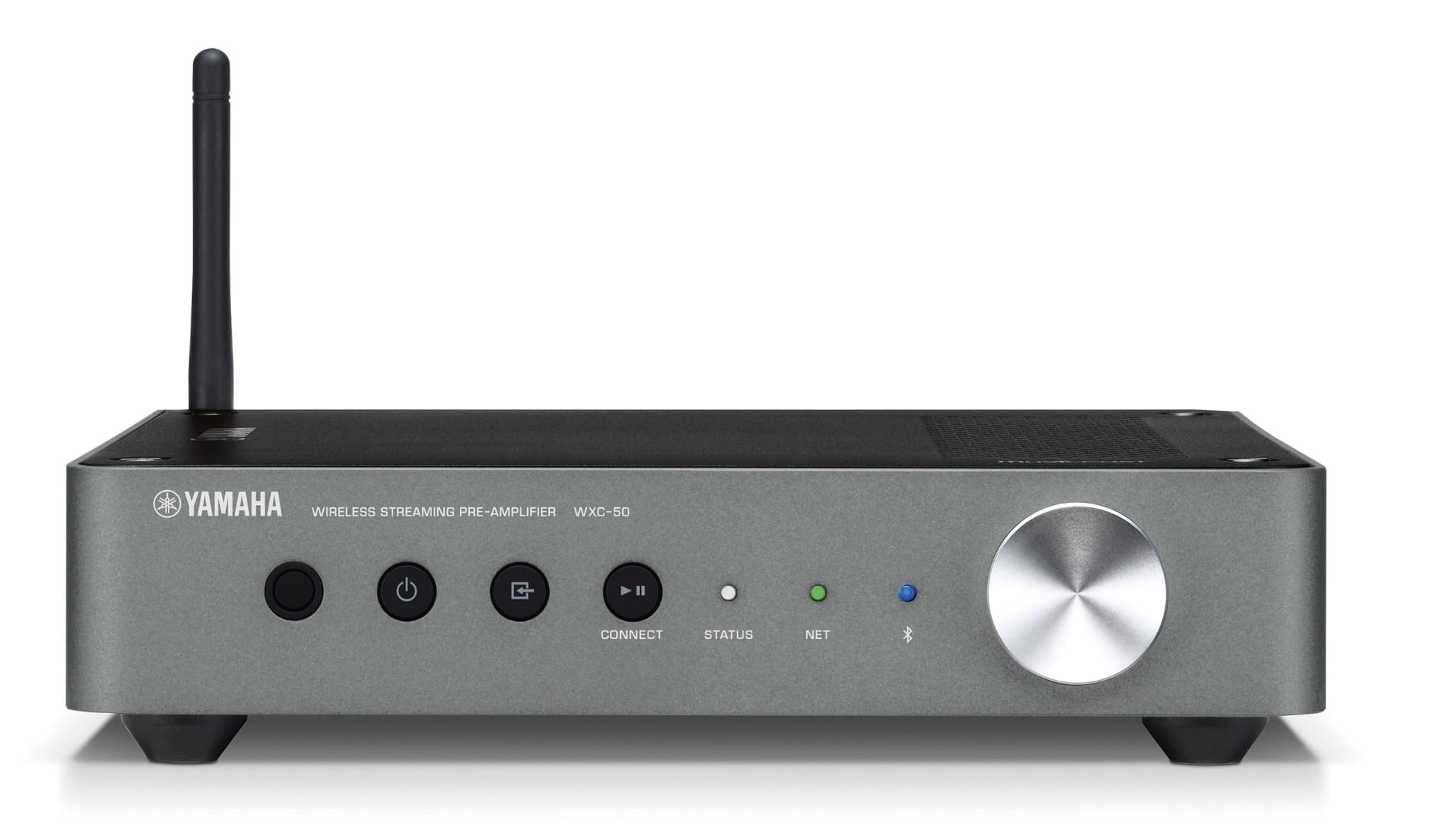


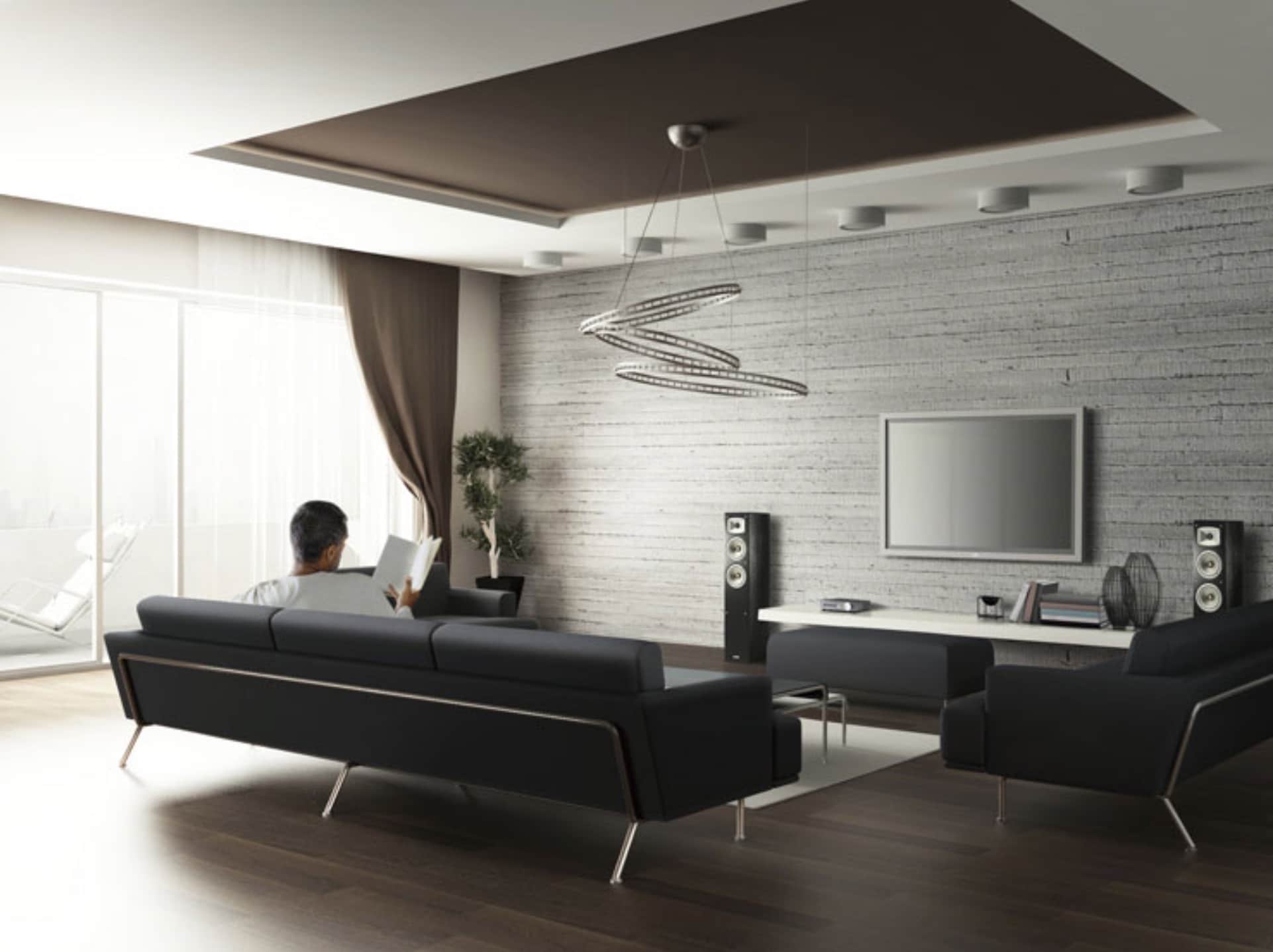
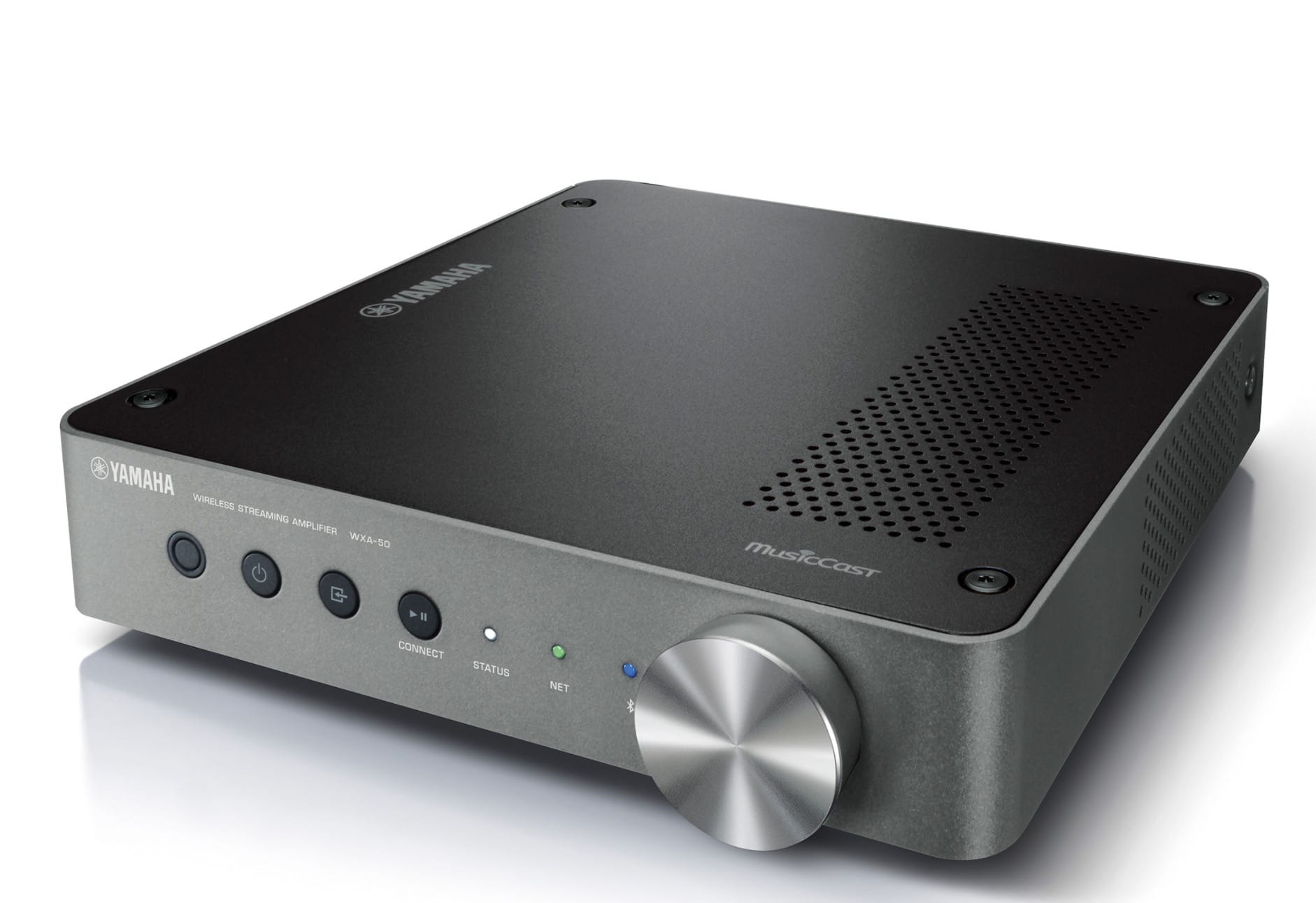
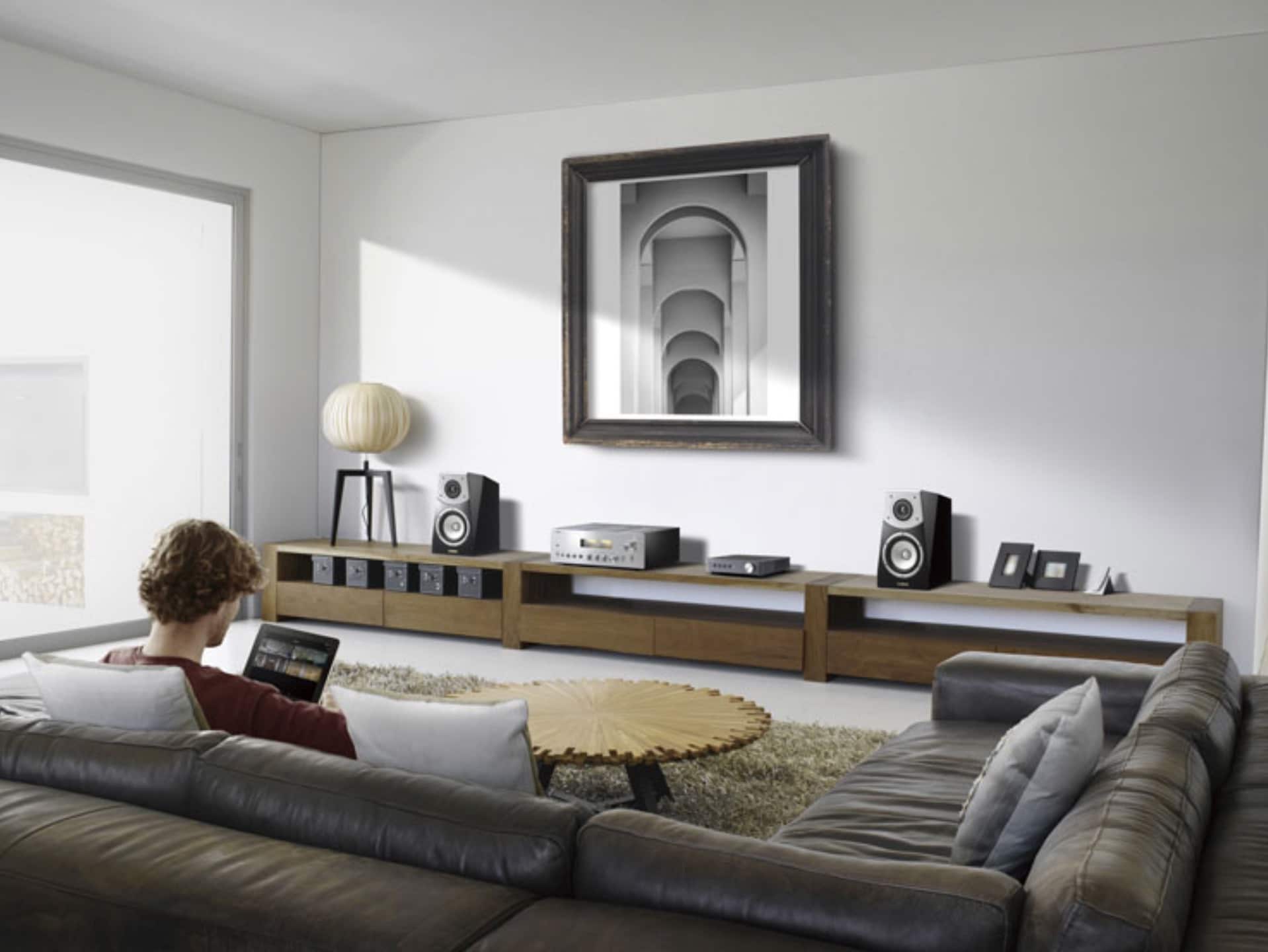


I have had a WXC-50 for close to a year. I have had app issues where I had to reconnect but all in all I’m really happy with it. I use it with a Bose Acoustimass 5 2.1 powered system but have ordered a pair of Klipsch R-28PF.
Thanks for your insight, Espen.
I just got this and it works great. until i tried to use the optical out from my samsung mu8000. it won’t pick up the audio signal at all. help?!
It should work fine, Ron. Which unit do you have, by the way? I featured two. Have you selected the right options on your TV, though? If not, check out the Sound area on the Settings. Check the connections – remove and plug in again too. Another tip is to try another cable or try this cable on another product to see if it works ok. All, silly mistakes can happen, so make sure you’ve selected the right input on the Yamaha plus the volume controls.
hi Paul, thank you for the detailed review! Similar to one of the commenters above, I’m connecting my Imac to this. Did you check if the usb to usb works? I contacted the yamaha support. and they were saying it’s just usb sticks and not meant for Imacs. It’s a bummer that the new Imacs don’t have the optical out inbuilt in the headphone jack as before.
Hi Raja,
It’s been a little while now – the review memory is fading fast 🙂 I don’t think I did that, I only used the stick option, but I’d take Yamaha’s advice on this one.
I’m kind of unhappy with my Yamaha WXC-50 since the higher resolution that it can play through my Macbook Pro via Bluetooth is only 32Bit 44.1Khz!!!
There is no way to get a higher (or lower) resolution and by default this is the Audio Quality that it streams.
You can check this setting going into Applications – Utilities – Audio Midi configuration. You need to have connected the WXC-50 (or WXA-50 through bluetooth) and on Format it will say in my case “44,100Hz Channel 2 of 32 bit floating) if you select other output you have the chance to configure the Quality, but for the Yamaha’s device is grayed out.
Does anybody have experienced the same problem as me? If I can’t stream any higher than 44.1Khz then I just threw my money to the garbage since the main idea was to reproduce DSD files.
Hi Figo – if you’re running Bluetooth then Bluetooth itself is the brake on sound quality. And I would be surprised if you’re truly getting 32bit too. More like 16bit. The best sound quality can be had under wired modes. More than that, the very action of streaming your music will degrade sound quality too. Hence, ‘CD Quality’ Bluetooth, the aptX codec…isn’t really. A wired CD output would sound a lot better, for example.
Hey Paul, great writeup and review!
A quick question, does the WXC-50 output from both Optical and RCA pre-out simultaneously?
Im thinking about having a surround system from Optical out, with additional B&O self-powered speakers from RCA pre-out.
Looking forward to your thoughts
Regards
Chris
Pretty sure that would be an either/or thing, Chris because you’d have to select each source to initiate it. The optical would need to come from the powered speakers I reckon, where the amp is.
Hi Paul
Thank you for your review.
I have been looking at the Yamaha WXA-50 and it seems to be a very capable unit.
One thing I am concerned about, however, is it’s actual power output capacity.
Certainly all the information seems to suggest that it has a 50w per channel output. Even the Yamaha website states this.
However, I made the point of downloading the operating manual and in looking through that the specification talks about the output being 55w with 2 channels being driven into an 8 ohm load. I’d make the point that it does not report the output as being 55w per channel Рonly 55w.
This is different to how Yamaha reports the output in the specifications on other amplifiers such as the R-N602 where the output is reported as 80w 80w making it quite clear that the power output is 80w per channel.
In looking at the actual power consumption that Yamaha report in the specification for the WXA-50 it states it as being 60w.
The laws of physics would suggest that the power output of an amplifier can never be more than the power it consumes. This would therefore suggest that the total power out of the WXA-50 is indeed 55w which would make it notionally a 25w per channel unit and not a 55w per channel unit.
Are you able to find out from Yamaha what the power output really is because if it is actually only a 25w per channel unit I think some of their advertising information and the information given in reviews might be a bit misleading.
Thanks
Nigel
I’ll ask for you Nigel.
This from Yamaha, Nigel – “The quoted 60W power consumption in the manual represents 1/8 of the total. This figure changes depending on what volume levels are being used.”
Paul, thank you for the great review!
Based on it I decided to give WCX-50 a try to replace my old NAD pre-amp (no remote, no Bluetooth, no streaming just very nice sound). Got the Yamaha and hooked them to my Genelec 1030A, started Tidal and… flat sound, no emotions… Hardly bass in direct mode, when playing with different DSP setting (Enhancer, expander etc.) I could get some bass, but I would sound as I would expect from a “Yamaha bass”. I wonder if there is a setting I’m missing (i.e. turning off the sub which might change a cross-over setting) or that WXC-50 is just a not so good match with active monitors…
What do you think?
Thanks in advance
Hi PK – let me double check the techie areas with Yamaha (I don’t have the review unit here anymore, you see) and then I’ll lend an opinion after.
While I’m waiting for Yamaha to get back to me PK, I’ll give you my take which is this. The Yamahas are ideal for the wide array of facilities they offer, value for money and convenience in terms of control options. The NAD is a one trick pony. The trick it offers is top notch, 2-channel sound done well but…that’s it. If all you want is great 2-channel sound and nothing else, I would choose the right tool for the job and look for a dedicated unit with no added fripperies. There more ‘gear’ you stuff into a single chassis, the more noise it generates and the more performance suffers. Also, each component has been featured ‘to a price’ which reduces the component quality, in relative terms, for each individual item. As I say, though, for what it does and the price it does it for, the Yamaha is a cracking buy.
Thank you, Paul.
No doubt – the Yamaha is a nice buy. Still, I have the feeling I’m missing something…
Looking forward to the reply from Yamaha!
Best,
PK
And here it is! 🙂
“2 settings that I would try, that I cannot see mentioned below would be:
Within advanced settings –
Ultra Low Jitter PLL (1,2,3) 1 sounds faster/better snap vs 3 sounds warmer.
Speaker Type (Compact, Bookshelf, Floor standing, In-ceiling, In-wall) – Please try Floor standing to open up frequency response.
If after these settings are tried & tested and the result is still not favourable. It may indicate that an analogue design would be preferred by the customer whilst just using the WX-C50 as a player/streamer.”
Great! Paul, thanks!
I will try those. Although, in Direct Mode the Speaker Type does not seem to have any effect.
Anyways, good to know the differences! Thanks again!
Best,
PK
Not a problem PK 🙂
Hi Paul
Great review,I have been using the wxc50 for over a year it’s connected to an Arcam A39 amp and B&W CM 10 S2 question is if I upgrade to a more expensive streamer like the Cambridge audio 851N or the Linn would I get a huge jump in sound quality mainly use Spotify premier and vtuner
Hi Homi
I would argue that your hi-fi is unbalanced. It’s back to front. The speakers are the most expensive equipment in your chain, then the amp and then the source, it should be the opposite. The amp and speakers deserve a better source and the source is everything in a hi-fi. If you lose information here, you’ll never get it back, no matter the quality of the amp/speakers. I would upgrade to a better source, yes, and you will notice an improvement in sound. If you can, I’d keep the Yamaha and connect it to a second system utilising lower cost components. Give me a shout if you need guidance on that.
Thanks Paul much appreciated just a couple more questions. Can you suggest a couple more streamers with Builtin DAC. In the range of Cambridge audio 851N.
I also have an old IRDAC can I use the optical output of the wxc50 to connect the irdac will it by-pass the dac on the wxc50 and do you see any benefit in doing that?
Hi Homi – if you can save up a bit more then the Moon Neo Mind is very nice. It has no DAC but that’s a ‘good thing’. Separating a DAC from the main chassis reduces noise and improves sonics (which also answers your other point). There’s an optical port in the Moon to connect your Arcam.
Don’t see a problem connecting the Arcam to the Yamaha – you just need to select it via the source button.
Hi Paul for a bit more I can get a MOON Neo 280D Streaming DSD DAC
MOON Neo DAC with in-built MiND streamer is that a better option? But I have a feeling it does not support Spotify can you please find out for me thanks for your help
The 280 doesn’t have Spotify built in but you can stream Spotify to it via a tablet/laptop/etc, for example. The Mind features built-in Tidal, Deezer, Qobuz & TuneIn.